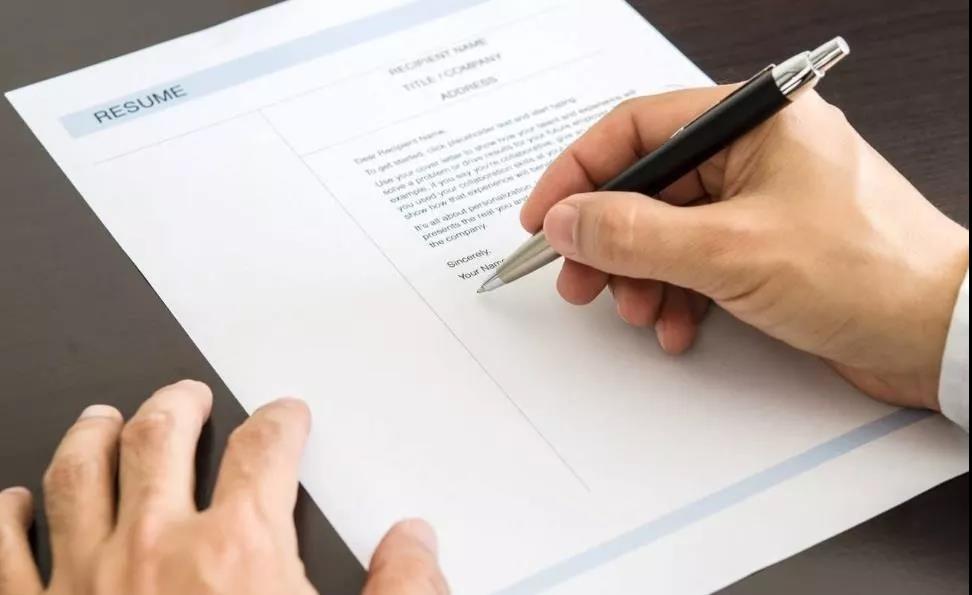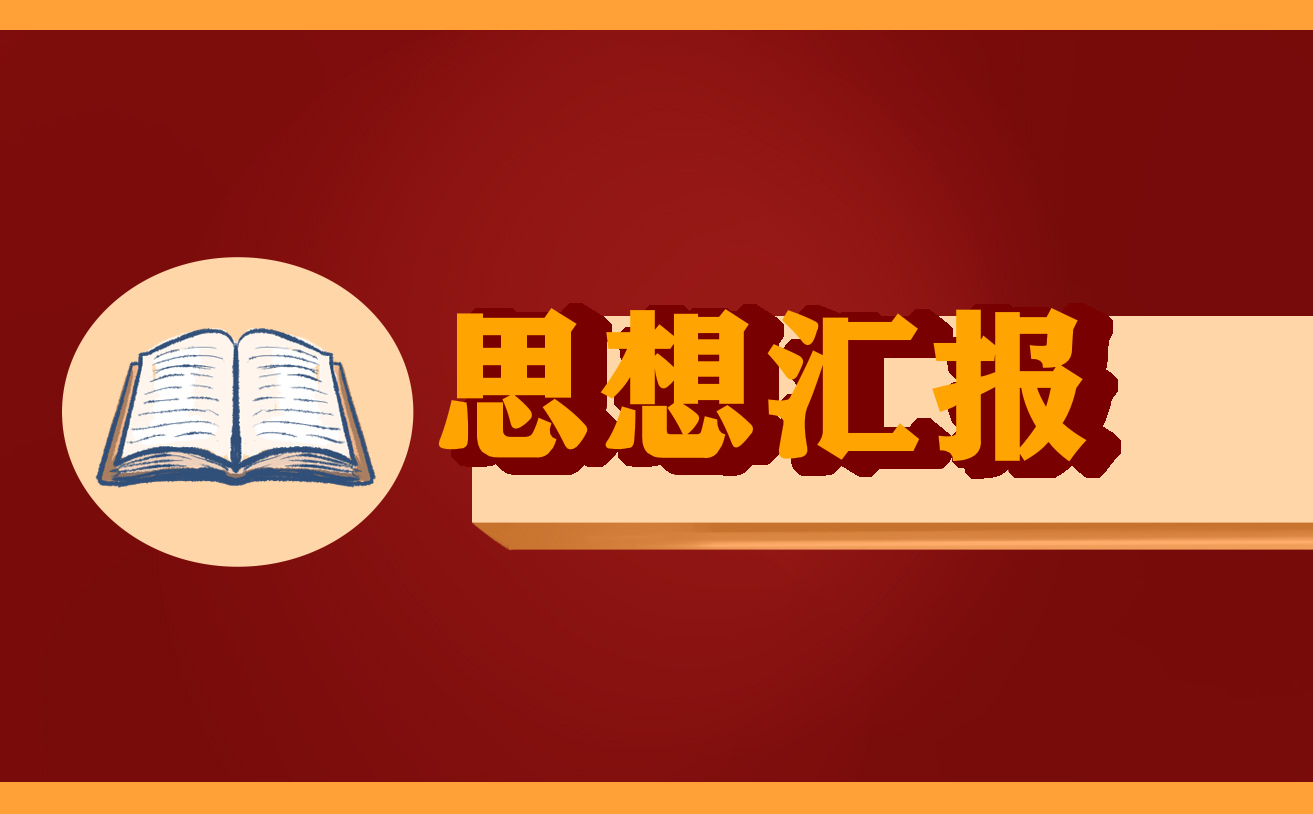下面是小编为大家整理的2023年WORD教案4篇【完整版】,供大家参考。

WORD教案 篇一
一、教学目标
1.知识与技能:认识Word窗口的组成,掌握Word的启动、退出方法和Word文档的保存方法。
2.过程与方法:通过探究,扩展思维,培养用不同方法解决同一问题的能力和借鉴以往经验的知识迁移能力。
3.情感态度与价值观:感受Word软件的强大功能,培养用Word软件进行文字处理的兴趣。
4.创新与行为:积极尝试用计算机来表达思想。
二、教具准备
1.多媒体机房。
2.电脑教室教学系统。
3.课件、找茬游戏。
三、教学重点与难点
1.重点:掌握启动和退出Word的方法
2.难点:认识Word窗口的组成及其主要功能。
四、教学设计说明
本节是让学生在会用记事本、写字板进行简单的文字输入的基础上,进行Word 20xx的教学,学生根据以往经验学习新知,掌握启动和退出Word的方法,自主探究Word 20xx窗口各个组成部分和作用,感知到Word 20xx是一种功能强大,更适合我们日常工作需要的文字处理软件。
根据教材的特点与小学生的认识规律,本课采用“设疑—尝试—探索—讲解—归纳—建构”的教学方法,限度地让每位学生参与学习的全过程,充分体现学生的主观能动性,尽量启发学生“自己想”“自己试”“自己做”“自己说”。培养学生的主体学习习惯,发展学生分析、比较、迁移类推的独立操作能力。
五、教学课时
1课时。
六、教学过程
(一) 情景导入,初识Word
1.同学们,一上课呢,老师先邀请大家一起来欣赏一些电脑作品。想不想看,好,注意这些作品都有哪些特色。
2.展示用Word制作的各种优秀的小报素材。
3.学生观看课件后,回答问题。(作品中有图片、文字,有丰富的颜色等。)
4.设问启发:同学们,你们知道这些小报作品是用什么软件制作出来的吗?
5.介绍Word的基本知识:Word在英文中是字、词的意思。这里指的就是软件名称。Word是Microsoft(微软公司)的Office系列办公自动化软件的重要组件之一,运行于Windows操作系统,是目前应用最广泛的文字处理软件之一,它具有非常强大的字处理功能。下面我们就一起来认识 Word。
[板书课题:认识Word]
【设计意图】图文并茂的小报作品更能激发学生的学习兴趣,从而激发出学生更强烈的学习欲望,为认识Word的教学铺路。同时这是Word单元的起始课,一定要花一定的时间,让学生充分感受这个学习、工作的新伙伴。
(二) 迁移比较,掌握新知
1. Word的启动
(1) 复习旧知:同学们,还记得如何启动一个应用程序吗?以“写字板”为例说一说。
(2) 下面老师提出一个新的挑战,想请一位同学来帮老师启动Word软件。谁愿意来接受挑战!请生示范。
(3) 教师提问:是不是还有其他的启动方法?
(4) 学生上机尝试、交流。请个别学生向全班学生作示范。
[板书:Word 20xx的启动。执行“开始——程序——Microsoft Office——Microsoft Office Word 20xx”的命令]
(5) 讨论:你认为哪种方法比较好?请选择一种你认为的方法启动Word。
【设计意图】任务驱动旨在放手让学生自主探索,发现问题。同时,通过“小组协作”和相互讨论,鼓励学生与人合作、互相启发、共同完成学习任务。
2.认识Word的界面
(1) 同学们刚才的表现不错,现在老师奖励大家一起来玩个游戏,怎么样。(玩“喜洋洋来找茬”的游戏)
(2) 老师下面还给大家带来了一个挑战,大家有没有发现一个小秘密,其实Word窗口和写字板窗口很相似,你能用你们的“火眼金睛”来找一找它们的异同吗?(老师适时请生再表述一下各部分的作用。)
【设计意图】利用学生的好奇心,让学生自己思考,自己尝试,进行比较,同时通过教师适时的点拨,让学生更易于掌握。通过游戏的方法使学生始终保持兴趣高昂的状态,从而提高了课堂效率,调动学生的积极性。
3.输入文字 保存word文档
(1) Word中输入文字的方法和写字板很相似,老师下面布置一项作业:在Word中输入一句介绍自己的话。(时间一分半钟)
(2) 下面我们要保存刚刚输入的内容,想一想:如果在写字板中,我们是用什么方法来保存自己的文章的?
(3) 在Word中,我们仍可以用同样的方法来保存文章。只要单击工具栏中的“保存”按钮,或者选择“文件”菜单下的“保存”选项就可以了。
(4) 练习:以《姓名+课题号》(师讲解规范要求)为文件名,保存自己的文件到D盘。
(5) 师生小结:文档保存方法及注意事项:文件名、保存位置,并提示到保存的位置打开文件看看。
【设计意图】文件管理是信息素养的一个重要方面,学生的操作一定是在老师指导下的有目的、有实效的尝试。学生迁移以前所学知识,并促使养成操作中注意细节的习惯。
4.退出Word
(1) 工作完成了,我们可以和新伙伴说再见了,退出Word,你会吗?
(2) 拓展:探索其它退出Word的途径,小组讨论一下,看哪个组退出的方法多、方法好,然后我们交流。
【设计意图】通过小组间的合作,促使学生探索,激发他们的创新能力。
(三) 归纳总结 巩固提升
1.提问:同学们在这节课里,你们学到了什么啊?
2.激励结束:上课开始欣赏了很棒的作品,但老师相信通过你们的努力,在学期结束时,同学们都会交给老师一份满意的答卷。
【设计意图】让学生去归纳所学知识,有利于培养学生的语言组织能力,升华巩固课堂知识,并激发学生下一步的求知热情。
WORD教案 篇二
module 1 how to learn english
unit 1 try not to translate every word
重点单词
1.tr_nslate v. 翻译
2.translat__n n. 翻译
3.c_rrect v. 改正;纠正 adj. 正确的;对的
4.ma_ch v. 将……配对
5.n_mber v. 给……标号码 n.数字;号码
6.r_peat v. 重复
7.pron_nciation n. 语音;发音
8.spe_ling n. 拼写
9.adv_ce n. 建议
10.m_stake n. 错误
11._lse adj&adv. 其他
12.radi_ n. 收音机
_ge n. 信息;信
14._ach pron. 各个;每个
15.n_tebook n.笔记本 (1)你还学过那些象advice这类不可数名词?(2)总结translate的用法
重点短语
1.write ______ 记下 2.each ______ 互相 3.next ______ 相邻 4.make ______ 出错 5.why ______ ______ do sth. 为什么不做某事 想一想关于make的短语
经典句型
1.you ______ speak english ______ class.课上你应说英语。
2.that is ______ ______ ______ .那是个好主意。
3.what ______? 还有什么?
4.do you have ______ ______ ______? 你有笔友吗? 想一想should构成的句式结构及用法。
课堂练习
i. 补全单词。
1. i need to t ______ it into english.
2. can i take a m______ for john?
3. could you r______ the question?
4.my telephone n______ is 929-32.
5.i should ask the teacher for her a______ .
答案:1. translate 2. message 3. repeat 4. number 5. advice
ii.从方框中选择恰当的短语完成下列各句。
write down each other next to make mistake why not
1. you may______ if you do things.
2. we don"t know ______ well.
3. ______ make friends with him?
4.please, ______ your number on the paper.
5. my house is ______ the street.
答案:1. make mistakes 2. each other 3. why not 4. write down 5. next to
iii.单项选择。
1. i think you ______ to bed early.
a. should to go b .go c. are going d. should go
2. ask somebody ______ help you, we can do nothing for you.
a. else to b else for c. to d. for
3. we should help ______.
a. each b. our c. each other d. other
4. ______ about ______ out for dinner.
a. how go b. how going c. why go d. why going
5. i am telling you this, you should ______.
a. make mistake b. make a mistake c. not make mistake d. not make a mistake
6. he uses an ______ tool(工具) to ______ the word .
a. translation translation b. translate translate c. translate translation d. translation translate
7. ______ i ______ that again?!
a. should repeating b. should repeated c. should repeat d./ repeat
8. ________ are going shopping with_____.
a. they us b. they we c. them us d. them we
9. she ______ every word he said.
a. write b. wrote down c. wrote d. wrote down
10.what do you do over the weekend, tom?
oh, not much, a little tv, then bed. ______?
a. what else b. what other c. or what d. and what
答案:1.d 此处考察的是sb. should do sth. 2.a 由we can do nothing for you.知道是求助于别人即ask sb. else to do sth. 3.c 考察短语each other 我们应互相帮助。 4.b how about(你觉得)…怎么样? how about +n./doing 5.d 由句意可知当我告诉你之后应不犯错,可排除a和b。mistake是可数名词,故选d。 6.d translate是动词,不能修饰名词,可排除b和c;翻译单词则要用动词形式,所以选d。 7.c 考察虚拟语气的疑问句式should sb. do sth.? 8.a主语用主格they,放在介词with后用宾格us。9.d 由“he said”判断是过去时,应是记下每个词,故选d。10.a what else在此处意思是还能有什么啊(除了这些)
iv.句型转换,按要求完成下列各句。
1.i said you should say the world again. (改为同义句)
you ______ ______ the world.
2.try to translate every word.( 改为否定句)
______ ______ ______translate every word.
3.you should always speak english in class.(给为疑问句)
______ ______ ______speak english in class.
4. what other things can you do? (改为同义句)
______ ______ can you do?
5. what are you today?
i am fine, ______ ______ you?
答案:1. should repeat 2. try not to 3.should i always 4. what else 5. how about
能力培养
v. 下列各句均有一处错误,请划出并改正。
1. which number should tom uses? ( )
2. don"t take any mistake. ( )
3. why don"t you and lily helps each other. ( )
4. it is important that you must have sports every day. ( )
5. this cup is small do you had a big one? ( )
答案:1. uses----use 2.mistake-----mistakes 3. helps---help 4. must---should 5. had---have
vi. 补全对话:从方框中选出正确选项,并把其字母添入空格处
a: how are you today? b.
b:good, thanks. ______(1)over the weekend?
a: well, i was thinking of maybe having a party.
b:oh? ______(2)
a: just a small get-together with a few close friends.
b:______(3), could i come?
a:sure, it would be great if you came. ______(4)
b:that sounds fine, but______(5)
a:well, you get to the city library first. then you turn left at the traffic light. after that you walk up the narrow road. you will then see a large apartment building. i live in no. .
b:alright, i think i can follow that, i will be there at eight.
a. why are you having a party?
b. how about 8 o"clock on sunday at my place?
c.do you have any plans
d. that is a great idea
e. i can"t remember how to get to your place
1. ______ 2. ______ 3. ______ 4. ______ 5. ______
答案:1.c 2.a 3.d 4.b 5.e
vii. 课外延伸
first if you want to learn english well, you should love english. only you really love it you will easy to learn it well. you can read more and more.
and you had better to say and speak more. do not be afraid of making mistakes. everyone will make mistakes but when you do more exercises you will make fewer mistakes. that was a good way if you can speak to a foreigner .you should pay attention to his/ her voice. that will help you a lot. another things is also very important(重要的) things, writing more. during(在……期间) the writing you will remember the words deeply.
(1) if you want to learn english well, what should you do first?
(2) when you say and speak more, making mistakes is usual?
(3) when you speak to a foreigner, what you should do?
(4) is writing more good for your english?
WORD教案 篇三
module 1 how to learn english
unit 1 try not to translate every word
课型
new
课时
1
词汇
translate, translation, correct, match, number, repeat, grammar, pronunciation, writing, punctuation, spelling, term, advice, write down, mistake, notebook, else, radio, newspaper, message, pen friend, each, other, each other, excellent
短语
write down,each other,next to,try not to,help…with…,
语法
复习一般现在时、一般过去时、一般将来时、现在进行时。
句型
1. why don’t you + v. 原
2. how about + v. -ing
3. what else?
4. that’s a good idea.
5. it’s a good idea to + v. 原
6. try (not) to + v. 原
教学过程
任课教师修改意见
vocabulary and listening
1. match the words with the headings. some words go with more than one heading.
match the words with the chinese.
answer 回答
ask 提问
check 检查
listen 听
look 看
read 阅读
say 说
translate 翻译
write 写
learn the new words.
correct v. 改正 adj. 形容词
match 将……搭配
number 给……标号码
repeat 重复
grammar
listening
pronunciation
reading
check
listen
repeat
look
correct
match
listen
check
number
say
match
read
answer
speaking
vocabulary
writing
answer
match
check
ask
read
write
repeat
translate
correct
say2. listen and match these words with the conversation.
read the words and then listen to the tape.
answer
grammar: 3 meaning: 1 punctuation: 4
spelling: 5 translation: 2
3. listen and read.
listen to the tape and let the students read after the tape.
let the students read the dialogue.
let the students underline the new words.
put the students into groups of three to read the conversation.
have them repeat it, changing roles each time.
课文中的一些词组、句型。
write down 写下
next to 旁边
each other 互相
try not to + v. 原 不要尝试
can + v. 原 能
should + v. 原 应该
ready? 准备好了吗?
what else? 还有其他的吗?
help…with… 帮忙……
excellent! 优秀的;棒极了
that’s a good idea. 这是个好主意。
thanks a lot. 非常感谢。
why don’t you + v. 原 为什么你不做……呢?
how about + v.–ing ……怎么样呢?
it’s a good idea to + v. 原 做……是个好主意。
everyday english
the whole class read the sentences.
explain the dialogue.
why don’t you write down the correct spelling and grammar next to the mistakes?
你何不把正确的拼写和语法写在出错的地方?
why don’t you + v. 原 用来表示提出某种建议,而不是询问为什么不做某事的原因。
---- why don’t we drive to the park?
---- ok.
---- why don’t you buy a new car?
1、为什么我们不使用电脑呢?
why don’t we use the computers?
2、为什么你不买些笔记本呢?
why don’t you buy some notebooks?
3、为什么你不听收音机呢?
why don’t you listen to the radio?
4、为什么我们不纠正我们的错误呢?
why don’t we correct our mistakes?
当我们提建议时,还可以使用其他的句型。
how about driving to the park?
how about going to europe for a holiday?
1、喝杯茶怎么样呢?
how about drinking a cup of tea?
2、看看报纸好吗?
how about reading newspaper?
3、首先完成作业怎么样?
how about finishing homework first?
why not + v. 原 为什么不?
why not take a walk in the park?
why not say hello to the foreigner?
why not stay in the house?
1、为什么不把错误改正呢?
why not correct the mistakes?
2、为什么不给自行车标上号码呢?
why not number the bikes?
3、为什么不给tone 发个信息呢?
why not send a message to tone?
help sb. (to) do sth. help sb. with +n.
帮助某人做……
i often help my mother do the housework.
i often help my mother with the housework.
betty helps me with my english.
mr. li helped my father mend the car.
1、他将会帮我们搬这些椅子。
he will help us move these chairs.
2、老师应该帮助小朋友们过马路。
teachers should help the children cross the road.
4. write notes about.
listen to the tape again and check the answers.
learning vocabulary
check notebook every day.
spelling
write down mistakes in your notebooks.
mistakes
write down the correct spelling and
grammar next to the mistakes.
reading english
read a newspaper in english.
translation n.翻译
try not to translate every word.
listening to english
listen to the radio in english.
5. answer the questions about the words and expressions in the box.
explain the words in the box :
advice, correct, mistake, newspaper, notebook, pen friend
ask the students to answer the questions.
pronunciation and speaking
6. listen and repeat.
play the tape through several times while they listen and follow.
7. work in pairs. ask and answer the questions. use the notes you wrote in activity 4 to help you.
students do this activity in pairs.
let some students play it.
WORD教案 篇四
第一章 信息技术简介
第一节 信息与信息社会
一、教学目的与要求:
1、了解什么是信息;
2、了解如何描述信息以及对信息进行获取、传递、处理的各种技术;
3、知道计算机技术和通信技术是两种重要的信息技术;
4、了解信息高速公路;
二、教学重点与难点:
信息的各种心态及其本质含义;
三、教学方法:
从感性认识到理性认识,启发学生对问题深入思考。
电脑动画课件教学
四、教学器材:电教室内利用电脑播放自制的教学课件
五、教学过程 :
(一)新课引入
1、什么是信息?你知道吗?(学生回答)
简单地说,信息就是指对人么有用的数据、消息。(有用,即有价值。信息具有价值)
2、信息无处不在,无时不有。(举例启发后,请学生自己举例)
只要我们留意一下周围世界,就会发现信息无处不在,无时不有。
十字路口的信号灯……
教室里的板书,挂图……
图书馆里的书报……
春节联欢晚会的现场直播……
大自然也无时无刻不在向我们传发出各种各样的信息……
[可用幻灯片展示以上图片]
(二)新课教学
“第一节 信息与信息社会”
解释:
“ 一、信息通常是指数据、消息中所含的意义。”
(三)深入分析
科学角度研究的信息主要指:一是经过计算机技术处理的资料和数据,如文字、图形、影像、声音等;二是经过科学采集、存储、复制、分类、检测、查找等处理后的信息产品的集合。
信息是事物运动的状态和存在方式而不是事物本身。它必须借助某种符号才能表现出来,而这些符号通常人们用数据来记录它。
“二、信息技术主要是指人们获取、存储、传递、处理信息的各种技术,计算机技术和通讯技术是两种重要的信息技术。”
[利用电脑动态展示以下三种重要的信息技术]
“1、信息的获取”
人脑的大部分信息是通过视觉和感觉器观获得的;
电脑中的信息主要是通过诸如键盘、鼠标、语音识别等电脑输入设备,扫描仪、传感器等电子感测装置来获取。
“2、信息的传递”
信息只有通过交流才能发挥效益。
烽火狼烟、飞马传书、信鸽远飞——>报纸、电报、电话、广播——>微波、光缆、卫星、计算机网络
“3、信息的处理”
信息处理是指将信息缩小、放大、分类、编辑、分析、计算,加工成某种要求的数据形式,如绘制图形、打印报表等。
电子计算机是信息处理机。
“三、信息社会”
人类进入20世纪以后,科学技术的发展速度越来越快,当今信息同物质、能源一样重要,是人类生存和社会发展的三大基本资源之一,是社会发展水平的重要标志。甚至人们把今天的社会称为信息社会。
“信息社会是以信息生产为中心,促进政治和经济迅速发展起来的社会。”
信息社会将会给每个人带来机遇和挑战。
“四、信息高速公路
‘信息高速公路’是一个计算机技术和通讯技术为基础,以光导纤维(也叫光缆)为干线,集电脑、电视、电话为一体,以各种图、文、声、像等信息为‘货物’,覆盖面广(遍布全球)的高速传输的信息网。”
[利用电脑展示什么是信息高速公路]
(四)小结:
1、什么是信息?
2、信息技术包括哪些重要的技术?
3、为什么有人称现代社会为信息社会呢?
4、什么是信息高速公路?






